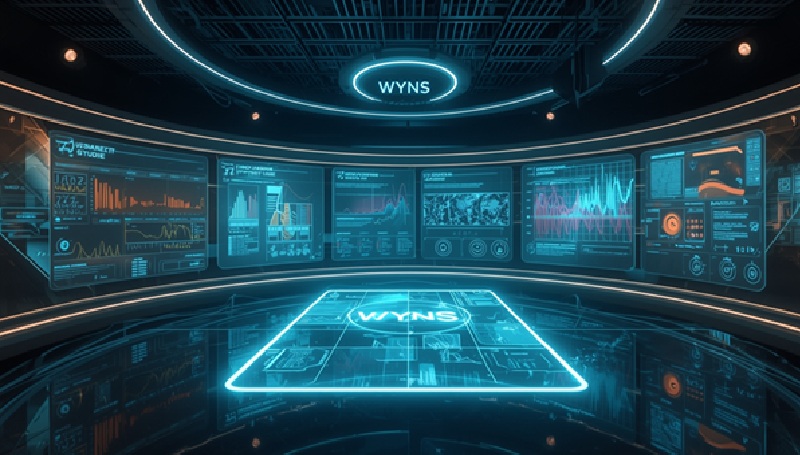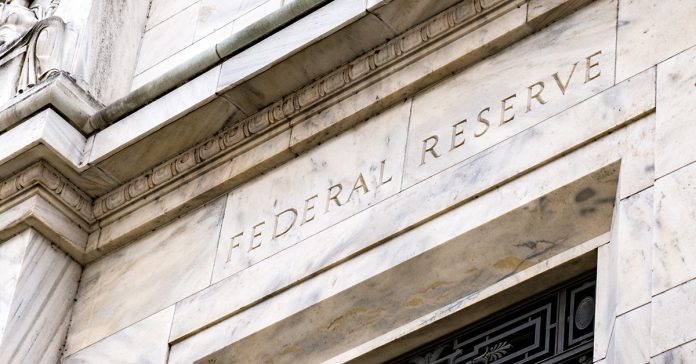Anthropic’s three-year strategic partnership with Accenture is shaping up to be one of the clearest signals yet of how aggressively enterprises are standardizing around a small number of high-end AI providers.
The agreement, confirmed Tuesday, creates the Accenture Anthropic Business Group, a dedicated unit that will train 30,000 Accenture employees on Claude models and deploy Claude Code across the consultancy’s developer ranks.
The deal follows a wave of new enterprise alliances for Anthropic, strengthening the company’s position as one of the fastest-growing AI suppliers to corporate clients. The announcement landed just days after a $200 million partnership with Snowflake and shortly after similar enterprise arrangements with Deloitte and IBM.
Anthropic’s rise has been remarkably fast for a company founded in 2021. It began as a small research group formed by former OpenAI executives and researchers, including CEO Dario Amodei and president Daniela Amodei. The founders framed Anthropic’s mission around building “constitutional AI” — a method for training models to follow explicit, transparent rules defined in advance. That approach, paired with the company’s focus on reliability and safety guardrails, helped Claude gain early traction among risk-averse industries like finance, consulting, and health services.
Claude’s reputation for minimal hallucination rates and stable outputs has become one of Anthropic’s main competitive levers in the enterprise market. In surveys from Menlo Ventures, enterprise users consistently rank trustworthiness and predictable behavior as the features they value most in high-stakes deployments. Those attributes have helped push Anthropic’s enterprise market share to 40 percent and its coding-category share to 54 percent, according to Menlo’s latest data.
A race tightening among enterprise AI suppliers
The broader race among AI providers has grown increasingly intense. OpenAI dominates consumer usage but has faced stronger enterprise competition as companies look for models with deeper governance controls. Google has pushed hard with its Gemini suite and has stepped up its focus on corporate integrations. Microsoft embeds OpenAI’s models directly into its cloud stack, giving Azure customers an on-ramp to GPT-based systems with minimal friction. Amazon, meanwhile, has tied its strategy to model plurality, offering Claude and other systems through Bedrock instead of relying on a single flagship model.
Anthropic’s strategy has diverged from all three. Instead of pursuing consumer ubiquity or bundling its models inside a cloud platform, it has concentrated on being the highest-trust provider for organizations that view AI as infrastructure. Its enterprise push accelerated this year as companies began migrating experimental deployments into revenue-generating processes, placing a heavier weight on reliability, auditability, and service-level guarantees.
That shift has turned partnerships into a crucial battleground. Accenture, Deloitte, and IBM collectively advise or service thousands of large corporations — meaning Anthropic now has multiple channels feeding new enterprise customers into its ecosystem.
Why Claude Code matters so much right now
Claude Code has become one of the most important pieces of Anthropic’s enterprise strategy. It functions as an AI coding assistant for large development teams, helping engineers generate code, review logic, write documentation, and refactor legacy systems. In large corporate environments where decades-old software needs constant upkeep, coding assistants can accelerate work that normally drags down productivity.
Anthropic’s advantage is that Claude Code is built on Claude’s general model family, which has a strong reputation for understanding context across very long documents. That makes it particularly useful for refactoring or analyzing sprawling codebases — a daily reality for enterprise developers who deal with systems that are older than many of their team members.
Accenture’s tens of thousands of developers will now be able to integrate Claude Code directly into their workflows, which could reshape how the consultancy handles large modernization and transformation projects. The model can sift through large repositories, surface structural issues, propose fixes, and reduce the amount of boilerplate work that slows major engagements.
The Accenture partnership also includes a joint program to help CIOs evaluate the returns they’re getting from AI deployments — one of the biggest stumbling blocks for corporate boards still unsure how to gauge long-term value from machine-learning investments.
Anthropic’s alliances over the past several weeks—Snowflake, Deloitte, IBM, and now Accenture—show how aggressively the company has expanded its enterprise footprint in a short period. Each deal gives Claude deeper access to industries that rely heavily on stable, governable AI systems rather than fast-iterating consumer models.
With the creation of a full Accenture business group dedicated to Claude, the pace of enterprise adoption is likely to accelerate even more. And as companies begin to standardize around a few trusted AI providers, Anthropic’s push into institutional channels may end up being one of the defining factors in the next phase of the AI race.






